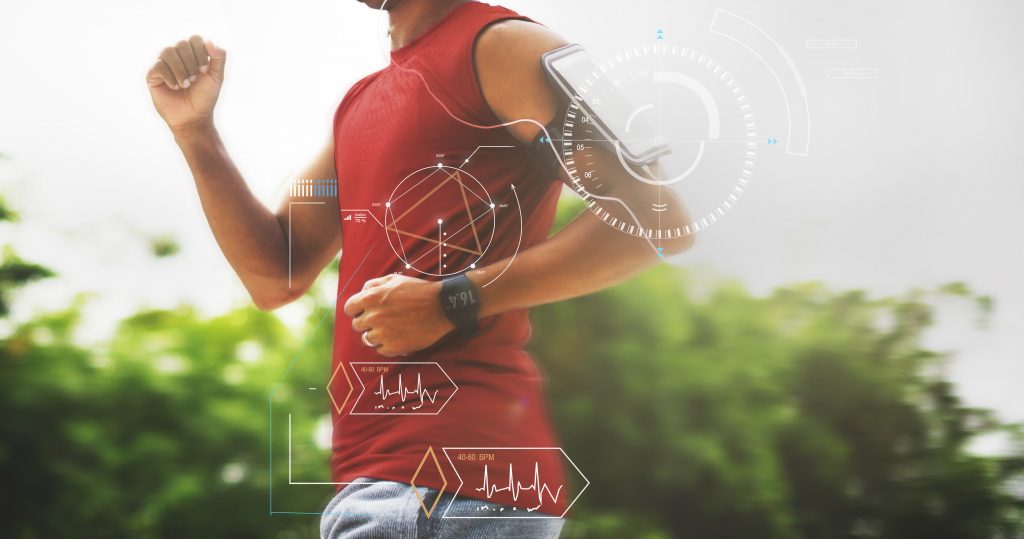Personal Mobile Devices to Lead Behavioural Change
Behavioural science has become a hot topic in financial firms and is making its way into the control and surveillance functions on trading floors. At this stage the science part is focusing more on conduct and culture delivered by training and consultancy, with technology slowly gaining its seat at the table.
Let’s talk about technology, not the AI and ML led solutions, but something much more obvious and closer to our daily lives. One of the key behavioural changes in humans in the past 20 years is that we all hold a mobile device in our hand. Nokia-type ‘brick phones’ have evolved into small and powerful handheld computers or smartphones, where we already perform at least 50% of our work, further empowered by the global pandemic. In the US alone, 75% of employees used their personal cell phones for work pre-Covid, with as many as 65% giving out their personal cell phone numbers to customers.
As most of you probably remember, many people were excited and beyond ecstatic when the first Apple smartphone was brought to the world in 2007. But what most of us don’t think about is the so-called ‘back-end’ of the continuous influx of new and inspiring smartphone features and the increasing number of convenient apps. This back-end of smartphones has been analysing human behaviour since Steve Jobs introduced that very first iPhone.
Understanding human behaviour has been at the centre of countless scientific studies and research areas already for over a decade, with healthcare leading the way. These studies have concluded that technological advances have unobtrusively enabled the recognition of human behaviour. According to a behavioural science study published by MDPI or Multidisciplinary Digital Publishing Institute, one of the most promising devices to track and detect human behaviour is the smartphone.
Human behaviour analysis in the healthcare sector has been an obvious success story. Nearly 1 billion people now wear a smartwatch to monitor their health, providing daily feedback on their physical, cognitive, emotional and social behavioural patterns. Covid-19 pandemic has further exacerbated this type of non-intrusive monitoring with several international research projects such as RADAR-CNS.

There is no reason the same cannot be done in another leading industry. Personal smartphones have been a major headache in the financial sector for over a decade, and previously in the absence of appropriate technology, crippled an adequate response from the banks to the problem. This headache is not going away, and as the risk practitioners in various firms themselves acknowledge, post-pandemic people are increasingly using their personal phones and the firms are increasingly allowing them to do so.
In our communications with the firms, we see an expanding number of banks adopting a single-device policy approach. All other comms methods seem more and more antiquated, and using personal phones is quickly becoming the most efficient and competitive way to get business done. This change hasn’t gone amiss with the regulators either. Only last week, the U.S. Securities and Exchange Commission (SEC) opened a broad inquiry into how Wall Street banks are keeping track of employees’ digital communications, with a focus on personal devices.
To gain control over mobile devices doesn’t mean we need to ban the devices. Equally, monitoring personal devices doesn’t mean we need to compromise GDPR and other privacy rules and regulations. The key word that stands out and should be highlighted over-and-over again is – unobtrusive. Passive monitoring solutions for mobile devices in both hardware and software forms are out there and can be successfully implemented to deliver regulatory compliance on trading floors.
It’s time to take a bold and modern view to the problem of unmonitored, unapproved communications on trading floors, and follow the proven example of the success stories in the healthcare industries. Today the financial firms have an opportunity to repeat this success story and lead the change in the industry. After all, as we all know where the SEC leads, the other regulators tend to follow.
Published: 17 November 2021
Author: Raili Maripuu


